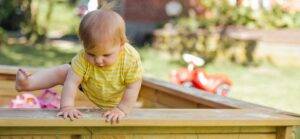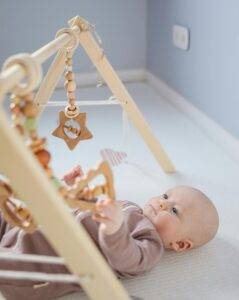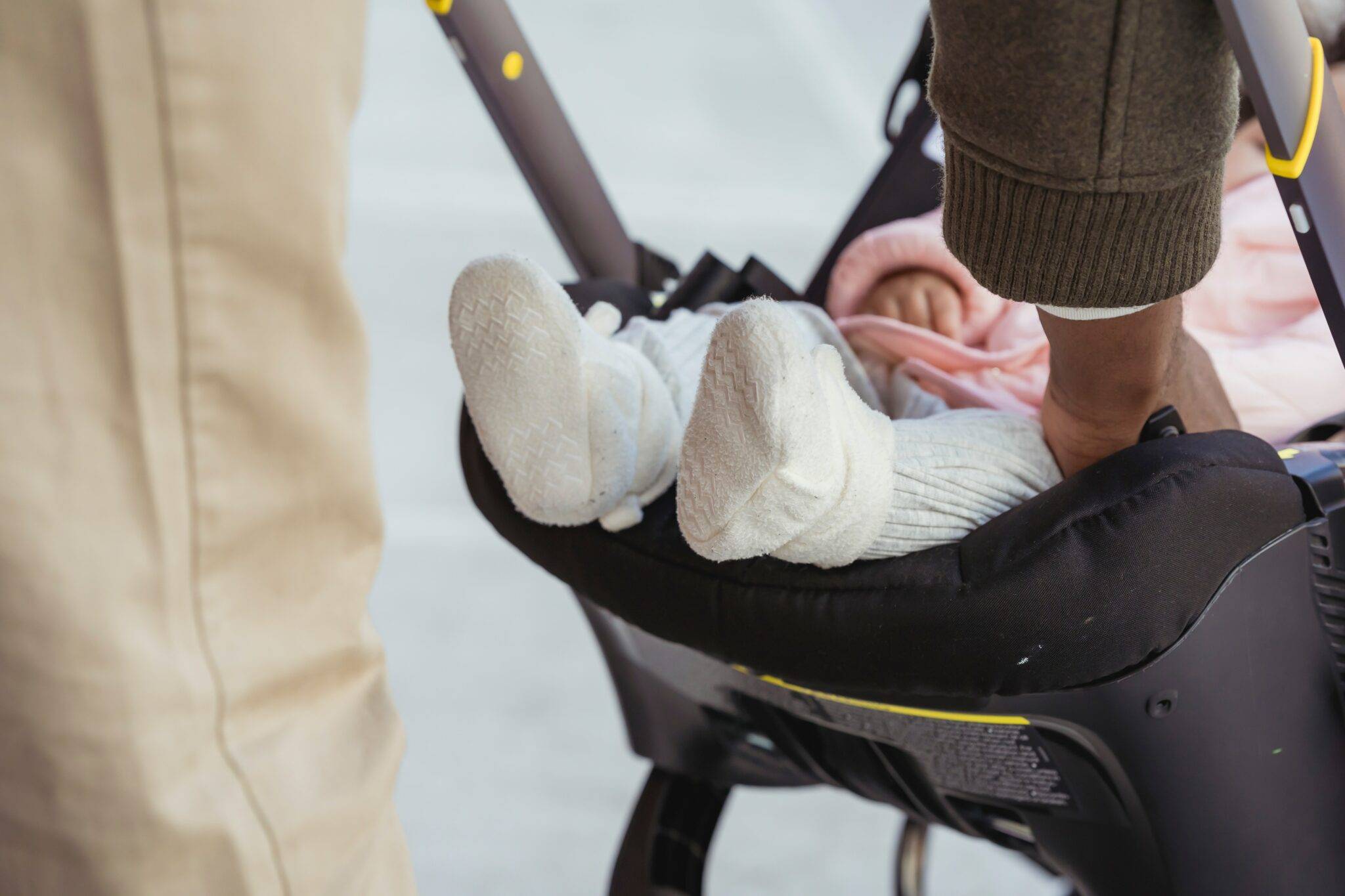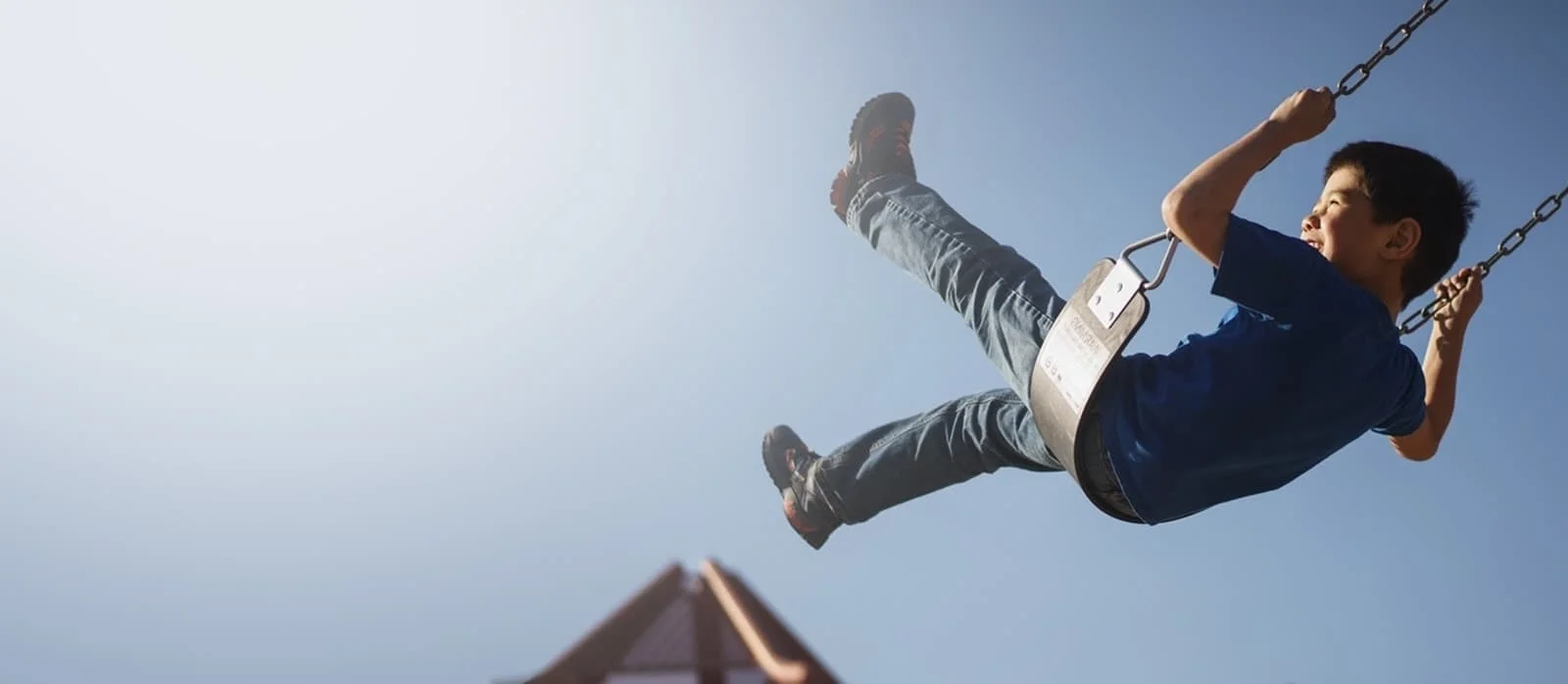Watching an infant grow is an incredible journey filled with wonder and excitement. Each new achievement feels like a little miracle, marking the progression of your baby’s development. Knowing the key milestones to watch for in infants helps parents understand their child’s growth and ensure they are on the right track.
This guide will cover essential milestones from birth to 18 months, helping you navigate this beautiful phase of life.
Key Milestones for Infant Development
Newborn to 3 Months: The Beginning of Life
1. Physical Growth and Reflexes
From birth to three months, babies go through remarkable changes and milestones. During this period, you will notice rapid physical growth and the emergence of reflexes.
- Head Control: By three months, babies’ milestones are they start to gain control over their head movements. Initially, they may only be able to lift their heads briefly while lying on their stomachs, but with time, their neck muscles strengthen, allowing for more steady head control.
- Grasp Reflex: Newborns’ milestones would be naturally grasping objects placed in their hands. This involuntary response gradually develops into a more deliberate action as they learn to open and close their hands at will.
- Moro Reflex: This startle reflex is another milestone. It occurs when a baby is surprised by a loud sound or sudden movement. It’s a normal reflex seen in newborns, characterized by a quick extension of the arms and legs, followed by bringing them back together.
2. Sensory and Cognitive Development
Babies are curious and constantly absorbing information from their surroundings. Their milestones would be:
- Visual Tracking: Around two months, babies start to follow objects with their eyes. This milestone marks the beginning of their ability to coordinate eye movements, a crucial skill for later developmental stages.
- Recognizing Faces: Babies can recognize their parents’ faces and voices within the first few weeks. This recognition strengthens the bond between parent and child, fostering a sense of security and comfort.
- Cooing and Gurgling: By three months, expect to hear cooing and gurgling sounds as your baby begins with their voice. These early vocalizations are the foundation for language development, as babies learn the rhythm and tone of speech.
4 to 6 Months: Building Strength and Interaction
3. Motor Skills
At four and six months, infants make significant strides in their physical abilities.
- Rolling Over: Babies roll over from tummy to back and vice versa. This movement is important in motor development, involving coordination and muscle strength.
- Sitting with Support: At around six months, most babies sit up with a little help. Sitting up allows them to explore their surroundings from a new perspective, enhancing their cognitive and social experiences.
- Reaching and Grabbing: Hand-eye coordination improves, allowing babies to grab objects more accurately. They begin to understand cause and effect as they interact with their environment through touch and manipulation.
4. Social and Emotional Growth
This period is also marked by increased social interaction and emotional expression.
- Smiling and Laughing: Babies start to smile and laugh, responding to their caregivers’ interactions. These joyful expressions are signs of emotional development and understanding of social cues.
- Recognizing Familiar Faces: Babies distinguish between familiar and unfamiliar faces. This ability to recognize familiar people helps them feel secure and develop social bonds.
- Babbling: By six months, you’ll notice more complex babbling, laying the groundwork for future speech. Babies experiment with different sounds and syllables, often imitating the speech patterns they hear around them.
7 to 9 Months: Exploring the World
5. Mobility and Coordination
During this stage, mobility increases as babies become more adventurous.

- Crawling: Many babies start to crawl, exploring their environment. Crawling strengthens muscles and enhances coordination, setting the stage for walking.
- Pulling to Stand: Babies try to pull themselves up to stand. This action demonstrates their growing leg strength and balance.
- Pincer Grasp: The development of the pincer grasp (using thumb and forefinger) allows babies to pick up smaller objects. This fine motor skill is crucial for feeding themselves and manipulating toys.
6. Cognitive and Language Development
Cognitive abilities continue to expand, and language skills start to take shape.
- Object Permanence: Babies understand that objects exist even when out of sight. This concept, known as object permanence, is a key cognitive milestone indicating memory development.
- Imitating Sounds: Imitation of sounds and gestures becomes more common. Babies learn by watching and copying the actions and sounds of those around them.
- First Words: Some babies say their first words around this age. These early words are often simple and may include “mama” or “dada,” reflecting their close relationships.
10 to 12 Months: Approaching the First Year
7. Physical and Motor Skills
By their first birthday, many babies exhibit significant physical milestones.
- Standing Unassisted: Babies stand without support for brief periods. Standing independently is a precursor to walking and indicates strong leg muscles and balance.
- Walking: Some infants take their first steps around their first birthday. Walking opens up new possibilities for exploration and independence.
- Fine Motor Skills: Improved fine motor skills enable babies to use utensils and play with small toys. They grasp objects more precisely and begin to develop hand dominance.
8. Social and Emotional Milestones
The social and emotional development of a baby also takes major leaps.
- Waving and Clapping: Babies often start waving and clapping to communicate. These gestures are ways of interacting and expressing joy or recognition.
- Stranger Anxiety: Babies show stranger anxiety. This fear of unfamiliar people is a normal part of emotional development and indicates attachment to their primary caregivers.
- Interactive Play: Engaging in interactive play and simple games like peek-a-boo becomes a favorite activity. These games help babies learn about social interaction and develop their cognitive skills.
13 to 18 Months: Toddler Transition
9. Gross Motor Skills
As babies transition into toddlerhood, their gross motor skills become more refined.
- Walking Independently: Most toddlers walk confidently on their own. Walking is a significant milestone that brings newfound independence and mobility.
- Climbing: Toddlers love to climb, testing their new abilities. Climbing helps build strength and coordination but requires careful supervision.
- Kicking and Throwing: They start to kick balls and throw objects with better coordination. These activities enhance their gross motor skills and hand-eye coordination.
10. Language and Cognitive Skills
Language and cognitive skills continue to blossom during this period.
- Vocabulary Expansion: Expect a rapid increase in vocabulary, with toddlers understanding and using several words. They begin to name objects, people, and actions.
- Simple Sentences: By 18 months, many toddlers begin forming simple sentences. This development marks the transition from single words to more complex communication.
- Problem-Solving Skills: Toddlers show improved problem-solving skills, such as figuring out how to open a container. They become more adept at understanding how things work and achieving their goals.
11. Social and Emotional Development
Social interactions and emotional responses become more complex.
- Imitative Play: Toddlers engage in imitative play, copying the actions of adults and older children. This type of play helps them learn social roles and behaviors.
- Developing Independence: Increased desire for independence leads to occasional tantrums. This behavior is a normal part of asserting autonomy and learning self-regulation.
- Understanding Emotions: Toddlers start to recognize and respond to their own and others’ emotions. They begin to show empathy and understand basic emotional cues.
Supporting Your Baby’s Development
Creating a Safe Environment
Ensure your home is baby-proofed to support your infant’s explorations. Remove any potential hazards and provide a safe space for your baby to practice new skills. Secure furniture, cover electrical outlets and keep small objects out of reach.
- Safety Gates: Install safety gates at the top and bottom of stairs to prevent falls.
- Outlet Covers: Use outlet covers to protect curious fingers from electrical shocks.
- Secure Furniture: Anchor heavy furniture to the wall to prevent tipping.
Encouraging Development through Play
Play is essential for a baby’s development. Activities like tummy time, reading together, and playing with age-appropriate toys stimulate growth and learning.
- Tummy Time: Helps build neck and shoulder muscles. It also encourages babies to push up, roll over, and eventually crawl.
- Reading: Enhances language skills and cognitive development. Reading to your baby exposes them to different sounds and words, fostering early literacy.
- Interactive Toys: Encourage fine and gross motor skills. Toys that require manipulation, such as stacking rings or shape sorters, promote hand-eye coordination and problem-solving abilities.
Promoting Social and Emotional Growth
- Responsive Interaction: Respond to your baby’s cues and needs promptly. This builds trust and security.
- Positive Reinforcement: Praise and encourage your baby’s efforts and achievements. Positive reinforcement boosts confidence and motivation.
- Modeling Behavior: Model appropriate social behaviors and emotional responses. Babies learn by watching and imitating their caregivers.
When to Seek Professional Guidance
Understanding Developmental Delays
While every baby develops at their own pace, some delays need professional attention. If your baby isn’t meeting multiple milestones, consult with your pediatrician. Early intervention makes a difference in addressing developmental concerns.
- Lack of Response to Sound: If your baby doesn’t respond to loud noises by the end of the first month, it could indicate hearing problems.
- No Eye Contact: Babies should make eye contact and smile in response to faces by two to three months. Lack of eye contact can be a sign of developmental issues.
- Limited Movement: If your baby isn’t rolling over, reaching for objects, or showing other physical milestones by six months, discuss it with your doctor.
Regular Check-ups
Regular check-ups with your pediatrician are crucial for monitoring your baby’s growth and development. These visits help ensure any potential issues are addressed early on. Your pediatrician can guide nutrition, vaccinations, and developmental milestones.
- Well-Baby Visits: Schedule regular well-baby visits to track growth, administer vaccinations, and discuss any concerns with your pediatrician.
- Developmental Screenings: Your doctor will perform developmental screenings to assess your baby’s progress and identify any areas that need support.
- Parental Guidance: Use check-ups to ask questions and get advice on parenting strategies, nutrition, and sleep.
Encouraging Healthy Habits
Nutrition and Feeding
- Breastfeeding: Breast milk provides the best nutrition for infants. Aim to breastfeed exclusively for the first six months if possible.
- Introducing Solids: Around six months, you can start introducing solid foods. Begin with single-grain cereals and gradually add pureed fruits and vegetables.
- Balanced Diet: Ensure your baby’s diet includes a variety of foods to provide essential nutrients for growth.
Sleep Patterns
- Consistent Routine: Create a consistent bedtime routine to help your baby recognize when it’s time to sleep. This can include activities like a warm bath, reading a book, or singing a lullaby.
- Safe Sleep Environment: Ensure your baby’s sleep environment is safe. Place your baby on their back to sleep, use a firm mattress, and keep the crib free of loose bedding and toys.
- Napping: Encourage regular naps to support your baby’s growth and development. Most babies need two to three naps a day until they are around 18 months old.
Additional Resources for Parents
- Joining Support Groups: Joining parenting support groups provides valuable insights and support. Sharing experiences with other parents helps you feel less isolated and more informed about your child’s development.
- Utilizing Online Resources: Online resources, such as Omega Pediatrics‘ blog on infant health and their articles on child development, offer comprehensive information and tips. These resources can help you stay updated on best practices for nurturing your baby’s growth.
- Educational Toys and Books: Investing in toys and books tailored to your baby’s developmental stage can enhance learning. Look for toys that promote problem-solving, creativity, and motor skills. Books with bright pictures and simple text are excellent for early literacy.
Cherish Your Baby’s Journey as They Grow and Develop
Each milestone is a testament to your baby’s growth and learning. Understanding the key milestones to watch for in infants allows parents to support their child’s development. Help your infant thrive during these critical early years.
Celebrating these milestones is keeping track of growth and cherishing each unique step in your baby’s journey. Each milestone is a precious moment that marks the beginning of many more achievements. Enjoy every second of this incredible experience!
For more detailed information on infant development and milestones, consider exploring resources such as Omega Pediatrics’ blog on infant health and their articles on child development.







